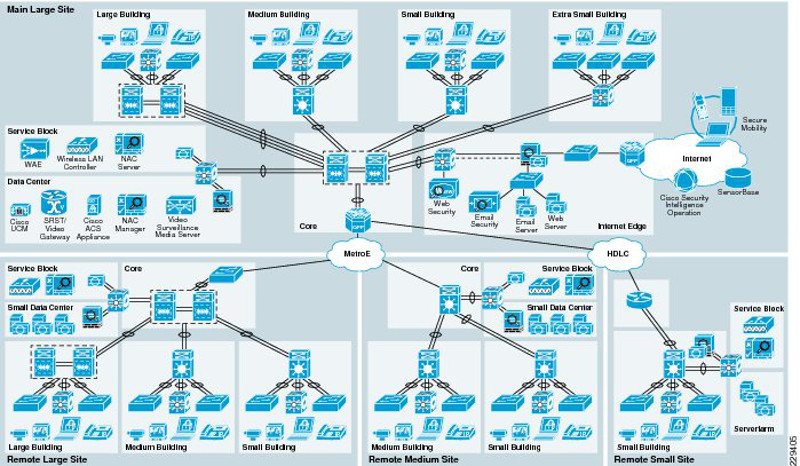 NEWS
NEWS
 NEWS
NEWS
 NEWS
NEWS
While the stated goal of the software-defined networking movement is shifting managment up the stack, it’s also driving significant changes at the bottom layers, where Google hopes to enable some much-needed standardization with an internally-developed configuration model that it’s now releasing for free. The contribution is the latest fruit of a low-key initiative that is proving increasingly central in the shaping of the trend.
OpenConfig, as the search giant’s push for operational interoperability is known, functions along the same lines as other network initiatives such as OpenDaylight and OpenNFV that have been making waves recently. That’s in small part due to the fact that the projects share many of their participants, including AT&T Inc. and Verizon Communications Inc., although it’s Google that’s calling most of the shots in its initiative.
The rest of the community focuses mainly on contributing feedback and various improvements to technology that has already been implemented by its engineers. That serves to provide a testing ground for working out kinks before turning the specifications over to the official consortia ultimately in charge of enshrining standards into industry reality, which move slowly as it is without having to deal with revisions.
The fact that Google is moving to share its optical configuration model with OpenConfig indicates that it’s fast nearing that point, which is good news for organizations looking to transition towards software-defined operations. The search engine’s contribution will provide a vendor-agnostic standard for key configuration parameters across different kinds of hardware.
That should make it possible to change those parameters in a centralized manner and monitor the results at a similarly consolidated level of instead of having to re-implement everything multiple times. That’s indispensable to achieving the automation that underscores the software-defined movement, especially considering that combining hardware from different vendors is another core tenet of the trend.
The model will use a language called YANG that Google and its allies passed onto the Internet Engineering Task Force last year for review to handle the execution of changes. The syntax became general available earlier this month after private testing within OpenConfig, which provides a rough time frame for when can expect to see the configuration standard follow suit.
Support our open free content by sharing and engaging with our content and community.
Where Technology Leaders Connect, Share Intelligence & Create Opportunities
SiliconANGLE Media is a recognized leader in digital media innovation serving innovative audiences and brands, bringing together cutting-edge technology, influential content, strategic insights and real-time audience engagement. As the parent company of SiliconANGLE, theCUBE Network, theCUBE Research, CUBE365, theCUBE AI and theCUBE SuperStudios — such as those established in Silicon Valley and the New York Stock Exchange (NYSE) — SiliconANGLE Media operates at the intersection of media, technology, and AI. .
Founded by tech visionaries John Furrier and Dave Vellante, SiliconANGLE Media has built a powerful ecosystem of industry-leading digital media brands, with a reach of 15+ million elite tech professionals. The company’s new, proprietary theCUBE AI Video cloud is breaking ground in audience interaction, leveraging theCUBEai.com neural network to help technology companies make data-driven decisions and stay at the forefront of industry conversations.